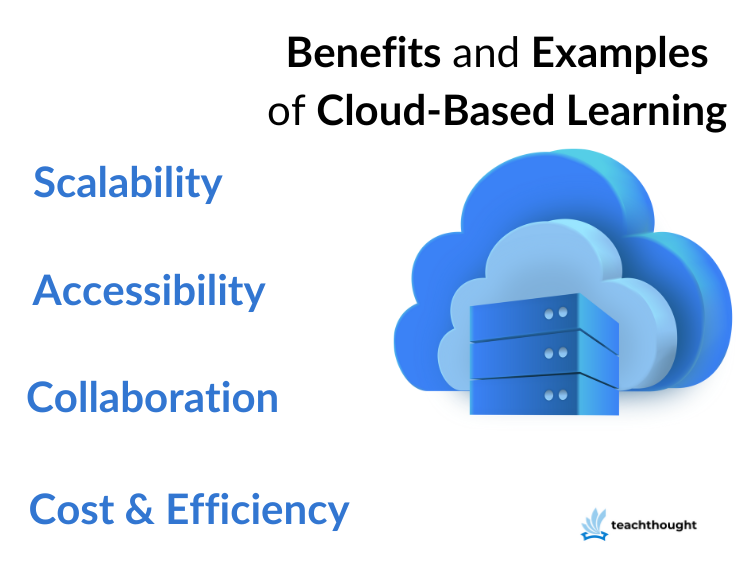Sterile Drug Manufacturing: Leadership Perspectives on Compliance and Safety
Sterile drug manufacturing is a cornerstone of the pharmaceutical industry, critical to ensuring the safety and efficacy of life-saving medications.
From injectable drugs to ophthalmic solutions, sterile products must be produced in a controlled environment that adheres to stringent regulatory standards. Pharmaceutical leaders face significant challenges in maintaining compliance and ensuring patient safety in sterile manufacturing. Failure to meet these high standards can result in costly product recalls, regulatory penalties, or patient harm.
1. The Importance of Compliance in Sterile Drug Manufacturing
Compliance with regulatory standards is non-negotiable in sterile drug manufacturing. Regulatory bodies such as the U.S. Food and Drug Administration (FDA) and the European Medicines Agency (EMA) have established rigorous guidelines to ensure that sterile drugs are free from contaminants and safe for patient use. For pharmaceutical leaders, staying abreast of these regulations and implementing robust compliance programs is critical to avoiding delays in production or regulatory enforcement actions.
Sterile manufacturing is governed by Good Manufacturing Practices (GMP) principles. These practices ensure that products are consistently produced and controlled to quality standards appropriate to their intended use. In the context of sterile drugs, this means maintaining strict controls over every aspect of production, from the design of the cleanroom environment to the proper sterilization of equipment and materials.
One key challenge in sterile manufacturing is the prevention of microbial contamination. Since sterile products are often administered directly into the bloodstream or other sterile areas of the body, contamination can lead to serious health risks. Leaders must ensure that their manufacturing facilities are equipped with advanced air filtration systems, automated processes that minimize human intervention, and rigorous cleaning protocols to eliminate the risk of contamination.
To effectively manage compliance, pharmaceutical companies often partner with experienced Contract Research Organizations (CROs) specializing in sterile drug development. Organizations like Ergomed, a USA contract research organization can provide expertise.
2. Safety Protocols in Sterile Drug Manufacturing
Maintaining safety in sterile drug manufacturing requires more than just compliance with regulatory guidelines; it demands a safety culture at every level of the organization. Leadership is crucial in establishing and reinforcing this culture, prioritizing safety across all departments and ensuring employees are adequately trained in sterile manufacturing practices.
One of the most important safety protocols in sterile manufacturing is the establishment of cleanroom environments. Cleanrooms are controlled spaces designed to minimize the presence of airborne particles, microorganisms, and other contaminants. These environments must be regularly monitored to ensure they remain within acceptable cleanliness levels. In addition, cleanroom operators must adhere to strict gowning and handwashing procedures to prevent contamination.
Automation also plays a vital role in enhancing safety in sterile manufacturing. Companies can reduce the risk of human error and contamination by automating critical processes such as filling, sealing, and packaging. Automation also allows for greater consistency and precision in production, improving the overall quality of the final product.
See also Non-Formative Assessment Strategies
Safety protocols must extend to the sterilization process and environmental controls. Sterilization methods, such as heat sterilization, filtration, and radiation, must be validated to ensure they effectively eliminate microbial contamination without compromising the integrity of the drug product. Continuously validating sterilization procedures guarantees the product’s safety throughout its lifecycle.
Recent industry reports emphasize the need for advanced safety measures, particularly in light of the growing demand for complex biologics and personalized medicines, which often require specialized sterile manufacturing processes.
3. Navigating Regulatory Challenges
Sterile drug manufacturing is one of the most heavily regulated areas of the pharmaceutical industry. For leaders, navigating this complex regulatory environment requires a deep understanding of local and international standards. The slightest deviation from these regulations can result in significant consequences, including product recalls, warning letters, and delays in getting life-saving treatments to patients.
To mitigate these risks, pharmaceutical leaders must maintain open lines of communication with regulatory agencies throughout the development and manufacturing process. Early and proactive engagement with agencies such as the FDA or EMA can help ensure that all aspects of the production process meet regulatory expectations.
Leaders must also be prepared to address new regulatory challenges as they arise. Recently, there has been an increased focus on data integrity, with regulatory bodies demanding more rigorous documentation and tracking of production data. Ensuring the integrity of manufacturing data is essential for maintaining compliance, and pharmaceutical leaders should invest in robust digital systems that track every stage of production, from raw materials to final product release.
In addition, regulatory bodies are increasingly scrutinizing emerging technologies such as continuous manufacturing. While these technologies offer promising benefits in terms of efficiency and scalability, they also introduce new regulatory considerations. Leaders adopting these technologies must work closely with regulators to validate their manufacturing processes and meet the required standards.
4. Strategic Partnerships for Enhanced Compliance and Safety
Strategic partnerships can be a game-changer in the increasingly complex world of sterile drug manufacturing. Partnering with CROs and CDMOs (Contract Development and Manufacturing Organizations) allows pharmaceutical companies to leverage external expertise, state-of-the-art facilities, and advanced technologies, ultimately enhancing compliance and safety efforts.
CROs and CDMOs bring specialized knowledge, particularly in aseptic processing, which requires highly controlled environments and rigorous safety standards. These organizations often have a global footprint, enabling pharmaceutical companies to scale their operations while complying with international regulatory requirements.
Moreover, CROs offer integrated solutions span clinical trials, regulatory submissions, and post-market surveillance. This comprehensive approach ensures that pharmaceutical companies can focus on innovation while trusting their partners to manage the complexities of sterile drug manufacturing and regulatory compliance.
Building long-term partnerships with reliable CROs and CDMOs is a strategic advantage and a necessity for leadership teams in today’s competitive and highly regulated market. These partnerships allow companies to stay agile, respond to regulatory changes, and maintain the highest levels of product safety.
Sterile drug manufacturing is a critical and highly regulated component of the pharmaceutical industry, requiring leaders to prioritize compliance and safety at every stage. From implementing advanced cleanroom technologies to navigating complex regulatory landscapes, leadership teams must remain vigilant in ensuring that their sterile drug products meet the highest quality and safety standards.

